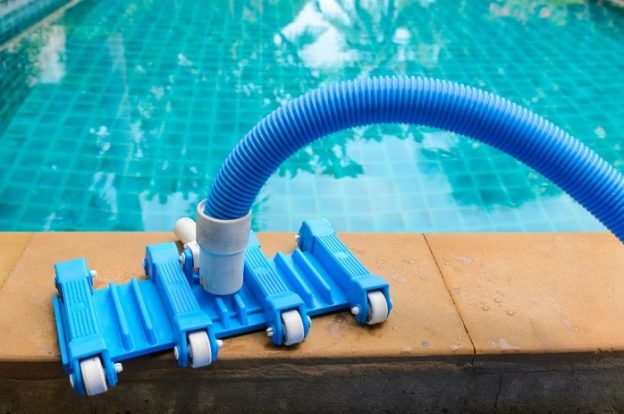You’ve invested a lot of time and money in your pool, so caring for it is vital to ensuring many years of use. The maintenance and upkeep of concrete pools in Missouri doesn’t take a lot of effort, but it does require diligence.
Filter & Filter Pressure
The filter removes particles and debris. To keep water crystal clear, check the pressure gauge against the manufacturer’s specifications and keep the filter clean.
Shock Your Pool
Increase the chlorine levels of your pool a few times a season to kill bacteria and other microorganisms. This “shock” helps keep your concrete pool healthy.
Balance the Chemicals
Pool owners need to be aware of the consequences of too little or too much chemical additive. Be sure to check your pool’s pH daily and learn how to find the right balance.
Skimming & Vacuuming
Skimming your concrete pool daily and vacuuming once a week are great habits to get into. You’ll reduce the debris and the chemicals you need to add.
Water Level Consistency
If the level drops, the filter can’t keep the water clean. If your pool doesn’t fill automatically, use a garden hose, and don’t forget to rebalance the chemicals.
Brush the Walls
Algae can build up on the sides and bottom of concrete pools, and often brushing the walls is the only way to remove it. Your filter will remove the smaller particles, and vacuuming will remove the larger ones.






